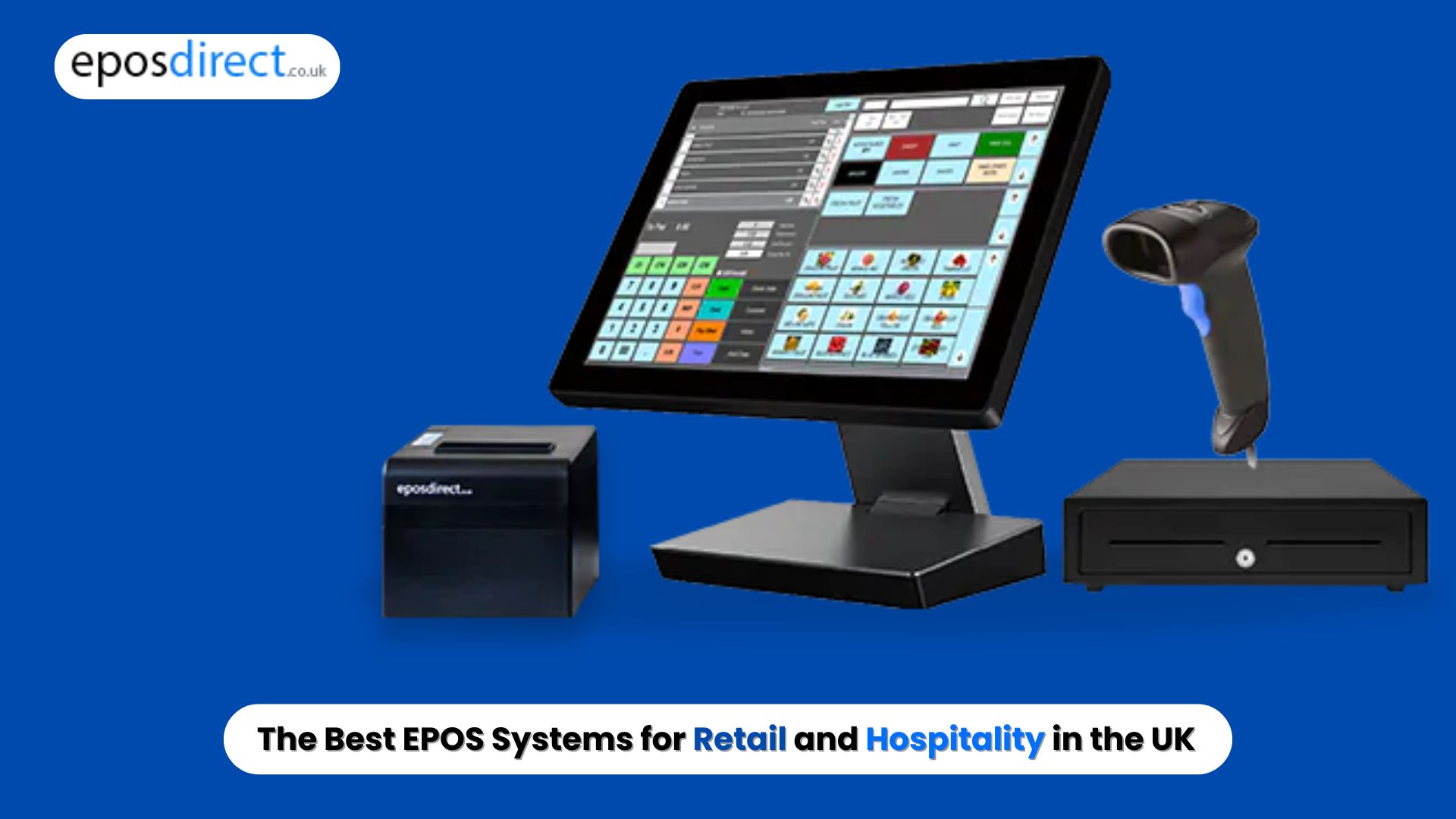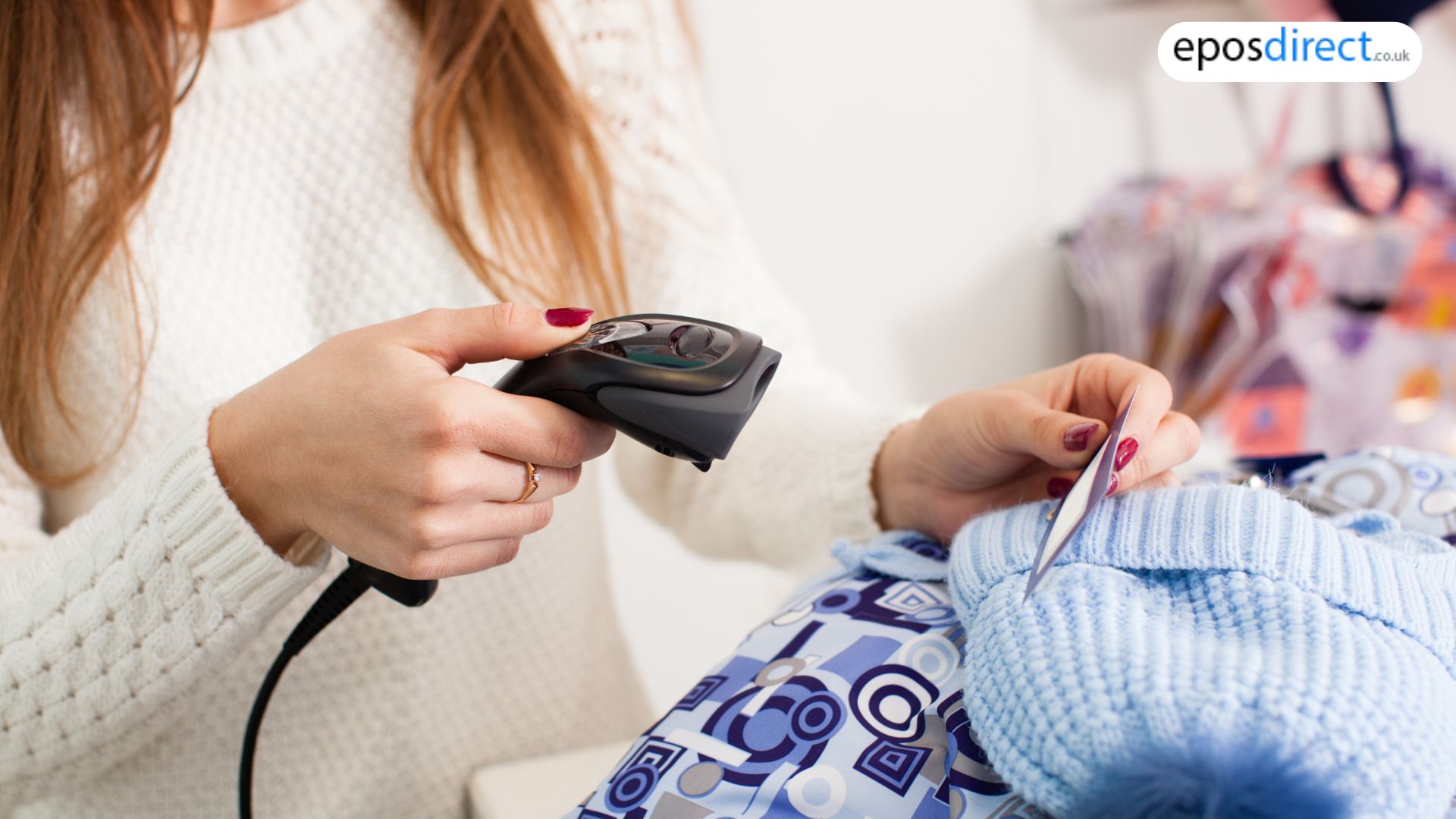We use cookies to make your experience better.
To comply with the new e-Privacy directive, you agree to the privacy policy and our use of cookies
Measuring Retail Performance and Productivity
The three costliest factors for retailers are stock, space and staff. To maximize sales growth continuously all types of retailers has to perform regular performance and productivity checks and inventory, selling space and employees from month to month, quarter to quarter and year to year. We mention some key points to do so.
Measure Inventory Turnover:
Inventory turnover determines productivity for most of the retailers. It refers to the number of times the business sells its entire inventory in a given fiscal period. To keep cost of stock under control merchandise management strategies can help you. Some of the methods include cutting back slow moving items, limited number of colors and styles and emphasizing popular items.
Calculate inventory turnover over a certain time period, “divide the costs of sold goods and the amount of consumers paid for their inventory by the average inventory on hand.” By doing so retailers gets an idea of how profitable they can expect their business to be in the long term.
Determine Sales per Selling Space:
Plan retail displays and inventory purchases calculated by sales per square foot and roughly calculate Return on Investment (ROI). In order to determine sales per square foot of selling space, take your total net sales and divide with the square feet of selling space. Don’t factor areas where products are not displayed for sale like stock room.
To arrive at the sales per linear foot, retailers with shelf space and retail displays and store fixtures such as wall units can calculate sales per linear foot of shelf space by taking the “total net sales and dividing this number with the linear feet of shelving.”
A retailer offering various products in different categories, to arrive at the category’s percentage of total store sales, then “the category’s total net sales and divide this number with the store’s total net sales.”
Quantify Employee Productivity:
A store owner should have an idea about how many individuals must be employed to still remain profitable. Stores dependent on staff to make sales can measure profits by calculating sales per transaction which reveals the average transaction amount. This can be calculated by taking “the gross sales number and dividing it with the number of transactions.”
Determine the amount of sales a business needs before increasing staffing levels to bring in by measuring sales per employee. First you have to calculate number of hours they work in store and convert the hours worked by part time employees during the period to an equal number of full time workers.
Compare Profits to Last Year:
Track your sales data records, if you’ve been for more than a year, compare the previous year’s revenue numbers to the present.
Combined measures of productivity will help retailers to know if their sales objectives are being met. Key to retail success is to achieve optimum balance between sales, investment in merchandise and utilization of space and employees in the shortest time period.






